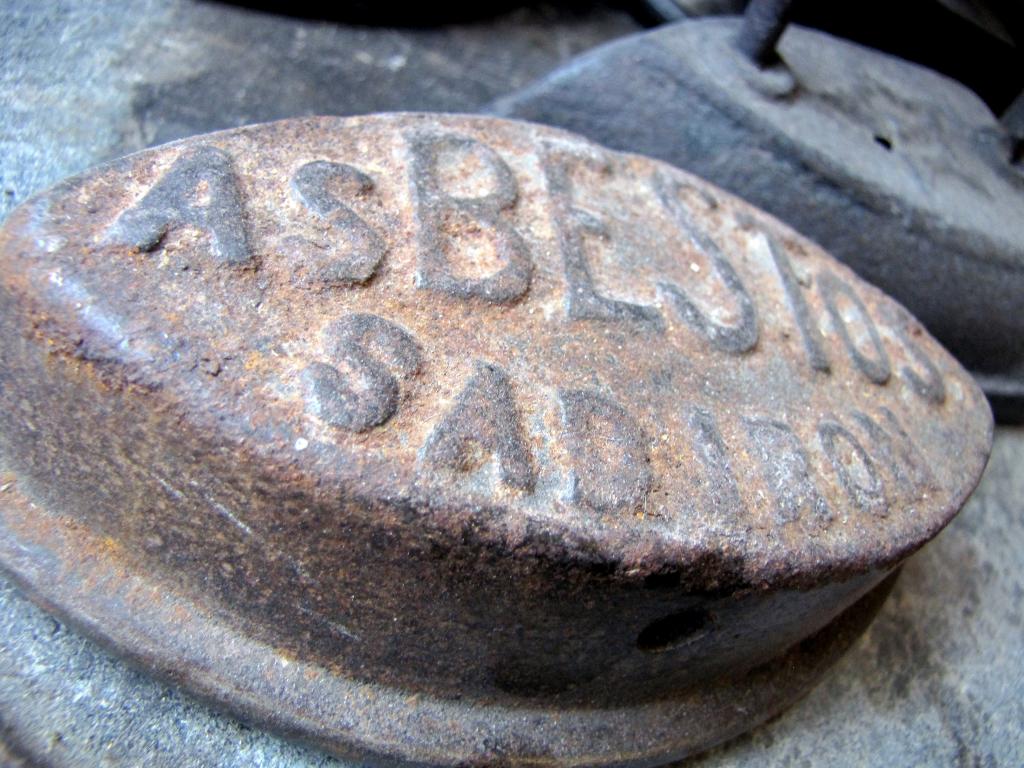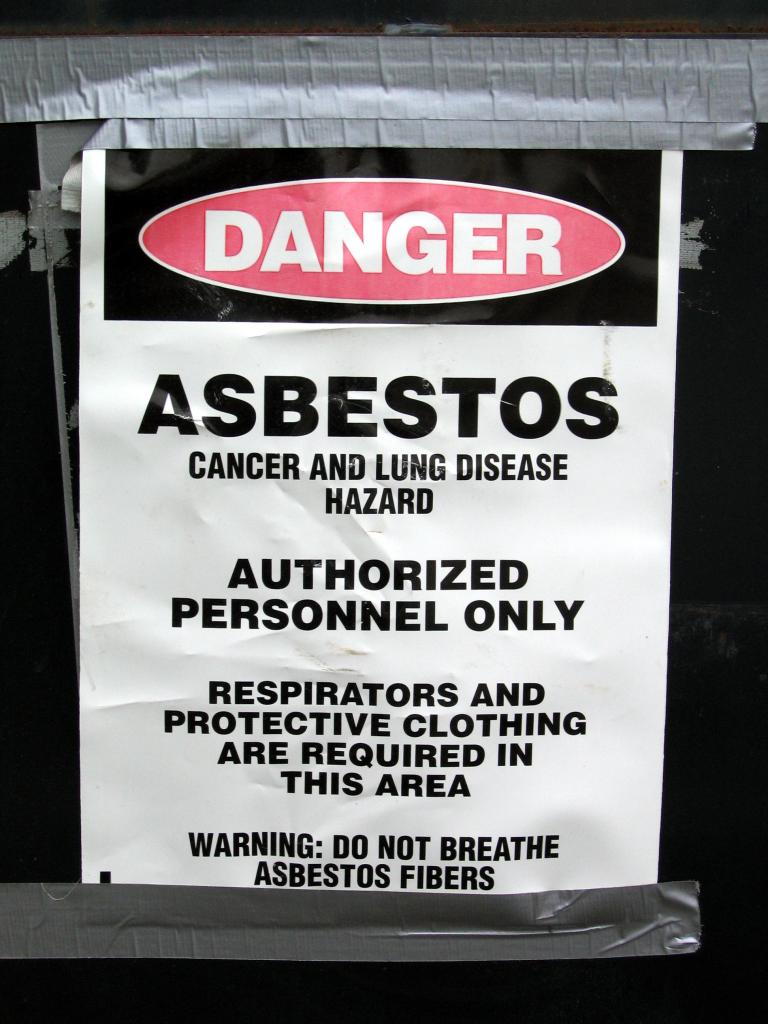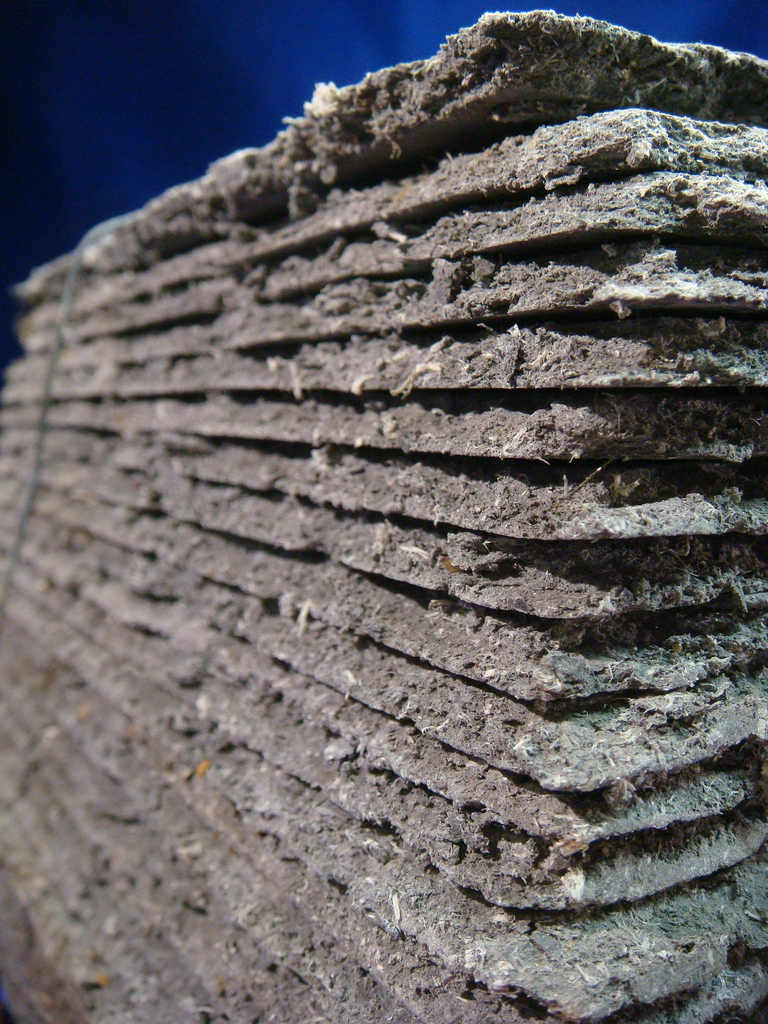The Types of Asbestos

Non-friable Asbestos

- AC wall sheeting (other wise known as fibro or asbestos cement)
- Artificial brick cladding
- Gutters
- Putty
- Garages/sheds
- Concrete formwork
- Beams
- Waterproofing materials
- Telecommunication trenches
- Fences
- Plumbing
- Switchboard backing boards
- Building boards
Asbestos containing materials (ACM) like these usually consisted of between 5 – 20 per cent asbestos. However this is not the case for vinyl tiles where the asbestos was used in the layer between the floor and the tile itself. It is estimated that between 8 – 30 per cent of this layer contains asbestos therefore due diligence is required when dealing with it.
Note: If non-friable asbestos has degraded to the extent where minimal pressure reduces it to dust, then it should only be disposed of by someone with A Class asbestos training.

Friable Asbestos
Friable or loosely bound asbestos is generally considered to be the most dangerous form of asbestos. Primarily used in commercial and industrial buildings for fire proofing, sound proofing and insulation, friable asbestos can be reduced to dust and released into the surrounding air with very little physical effort. Friable asbestos is so dangerous because no other materials have been used to bond it together, meaning the asbestos fibres are released into the atmosphere more easily. Although mostly used in non-domestic buildings, friable asbestos is also found in old heaters, hot water systems, piping, fireplaces, vinyl floor coverings, insulation and stoves.
Low Density Board
This type of asbestos falls somewhere in between friable and non-friable but still carries the significant risk of asbestos poisoning. Similar in appearance to AC sheeting, low density board is a lightly compressed material that can contain up to 70 per cent asbestos. Used in both domestic and commercial/industrial buildings, low density board can be damaged, bent and dented with very little physical pressure. This in turn means that it has the potential to release airborne fibres far more easily.
For more information on asbestos related high risk work and the safest disposal methods, check out the SafeWorkPro Blog.

